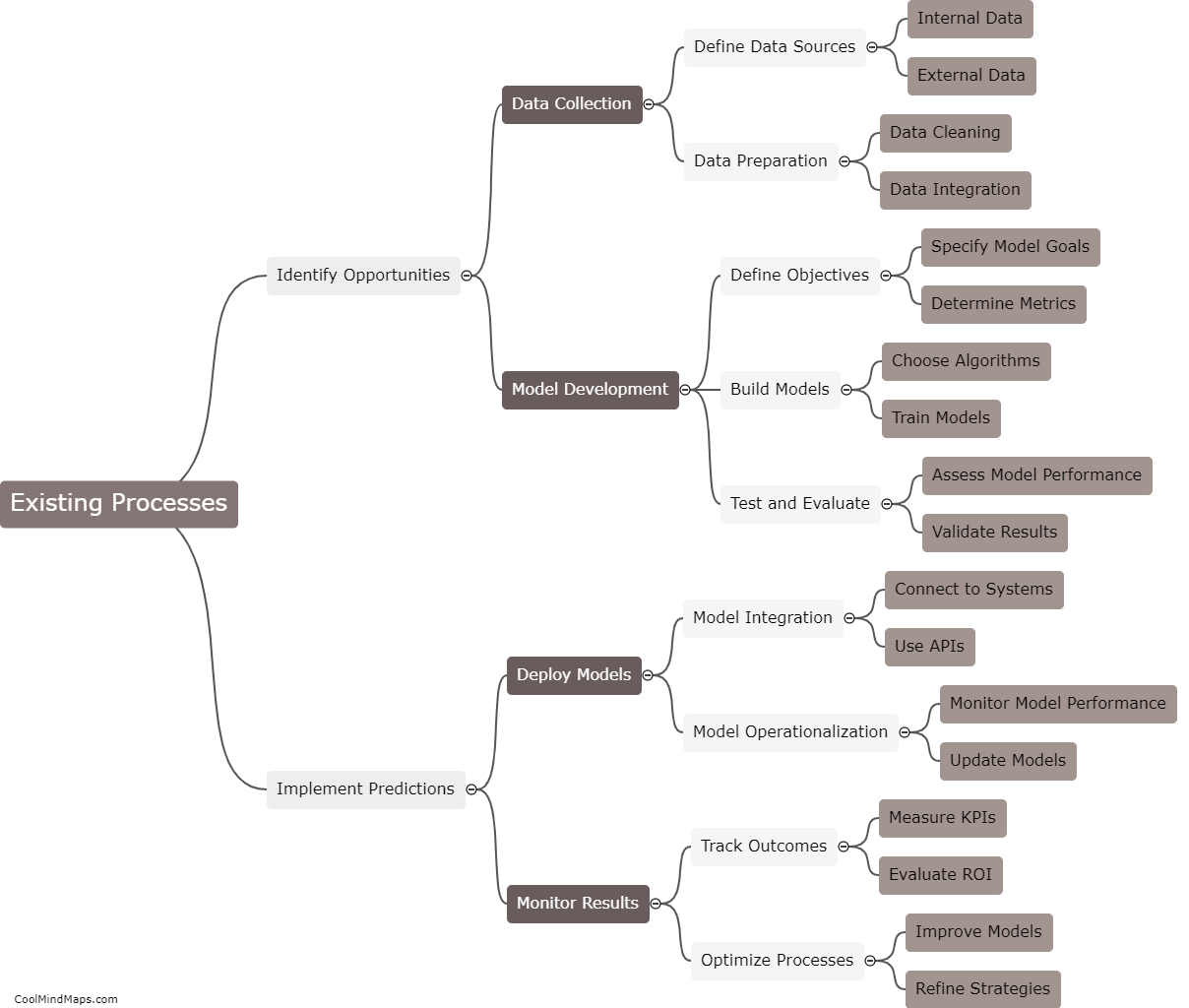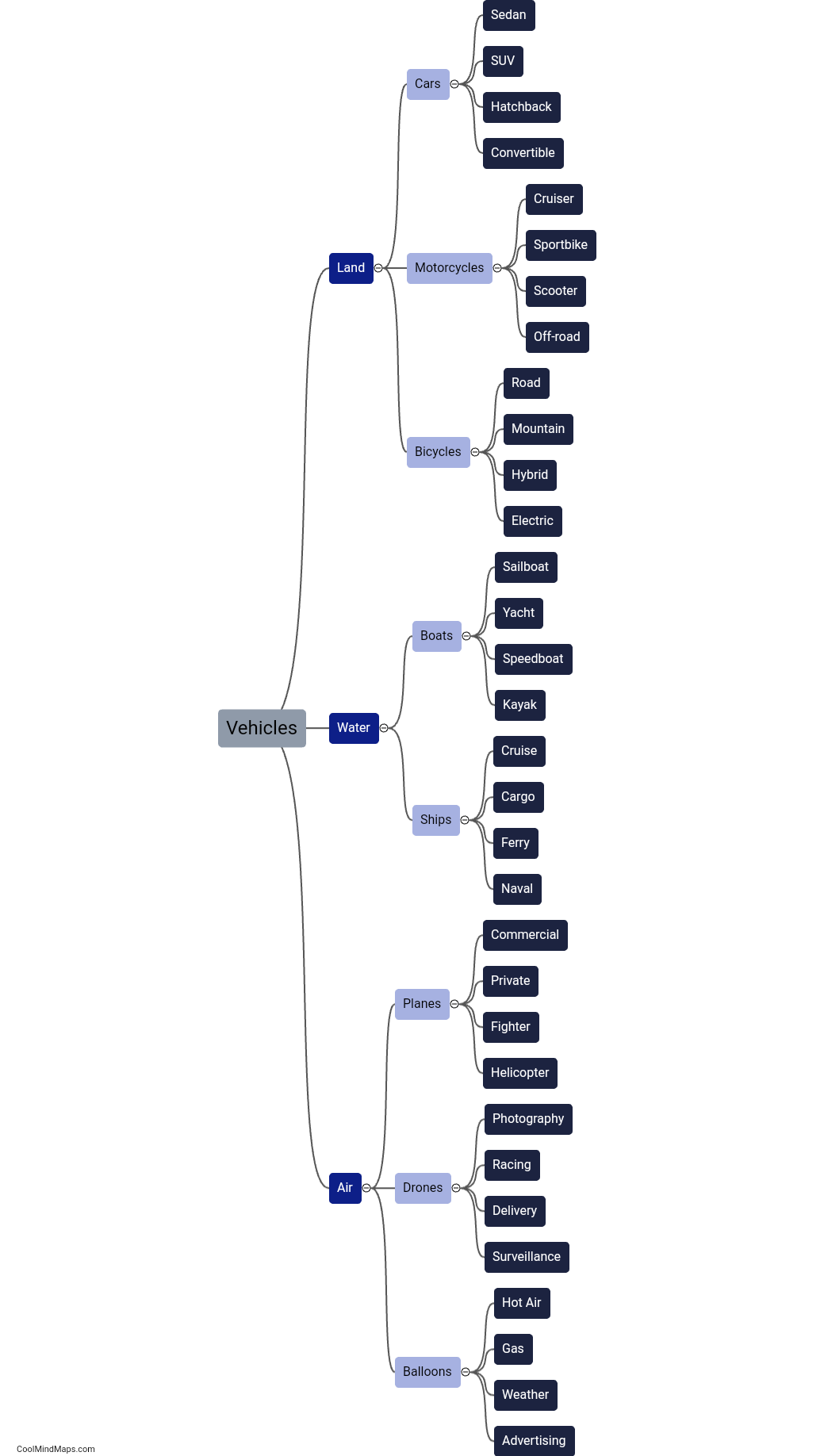How can predictive analytics be integrated into existing processes?
Predictive analytics involves leveraging historical data and statistical algorithms to forecast future outcomes or identify patterns and trends. Integrating predictive analytics into existing processes can provide businesses with valuable insights to make more informed decisions, optimize operations, and drive growth. To successfully integrate predictive analytics, organizations need to first identify relevant data sources and gather a comprehensive dataset. They then employ data cleansing techniques to refine the data quality. Next, a suitable prediction model is chosen and trained using the historical dataset. Finally, the model is integrated into existing processes, such as CRM systems or supply chain management, enabling real-time predictions and proactive decision-making. Continuous monitoring and improvement of the model is necessary to ensure accuracy and adapt to changing business conditions. Integrated predictive analytics can empower businesses with data-driven decision-making capabilities, enhancing efficiency and competitiveness.

This mind map was published on 20 July 2023 and has been viewed 65 times.











